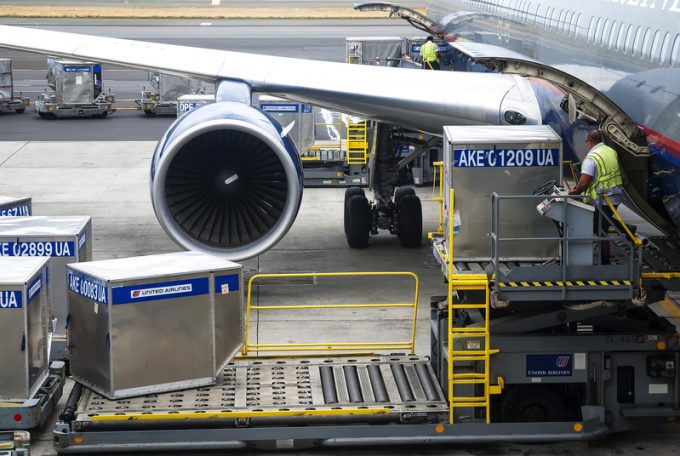US Customs chaos means 'more downside risk than upside potential' for air cargo
Air cargo growth rate forecasts have been slashed, owing to the weaker economic outlook and ...

While it is chaos on the high seas, air freight out of China has seen demand slow – slightly – after Apple delayed a product launch, leaving unexpected capacity in the market.
However, noted Flexport this week, this was a “short-term blip before the market is expected to gain strength, hitting a mini-peak ahead of the Golden Week holiday in early October”.
It predicted continued strong demand and “very tight capacity” after the holiday as well.
Demand from key destinations in South-east Asia ...
Maersk u-turn as port congestion increases across Northern Europe
Apple logistics chief Gal Dayan quits to join forwarding group
Maersk Air Cargo sees volumes fall as it aims for 'margin in favour of revenue'
Airlines slash freighter capacity post-de minimis, but 'the worst is yet to come'
Houthis tell Trump they will end attacks on Red Sea shipping
Transpac rates hold firm as capacity is diverted to Asia-Europe lanes
MSC revamps east-west network as alliance strategies on blanking vary
India-Pakistan 'tit-for-tat' cargo ban sparks sudden supply chain shocks

Comment on this article